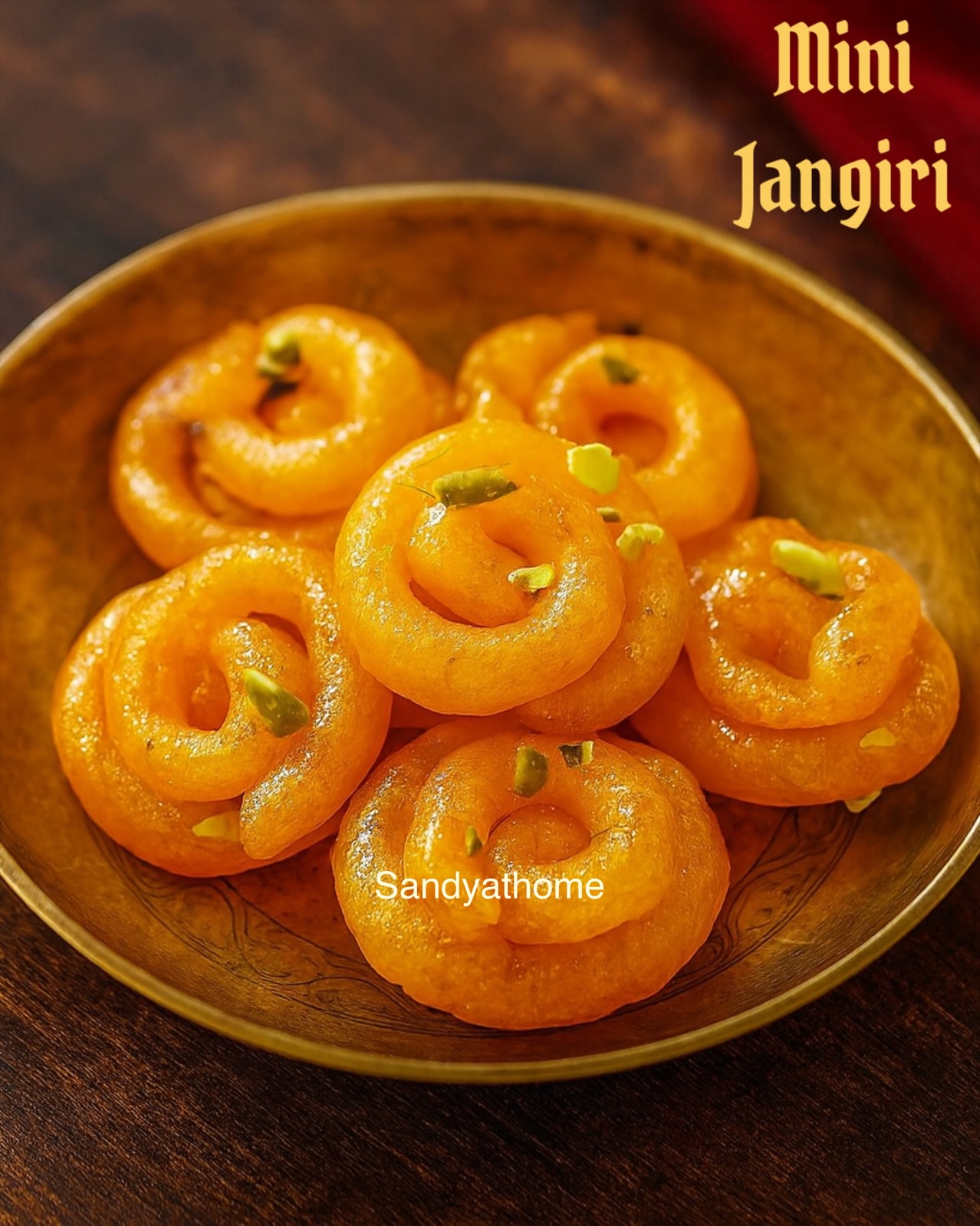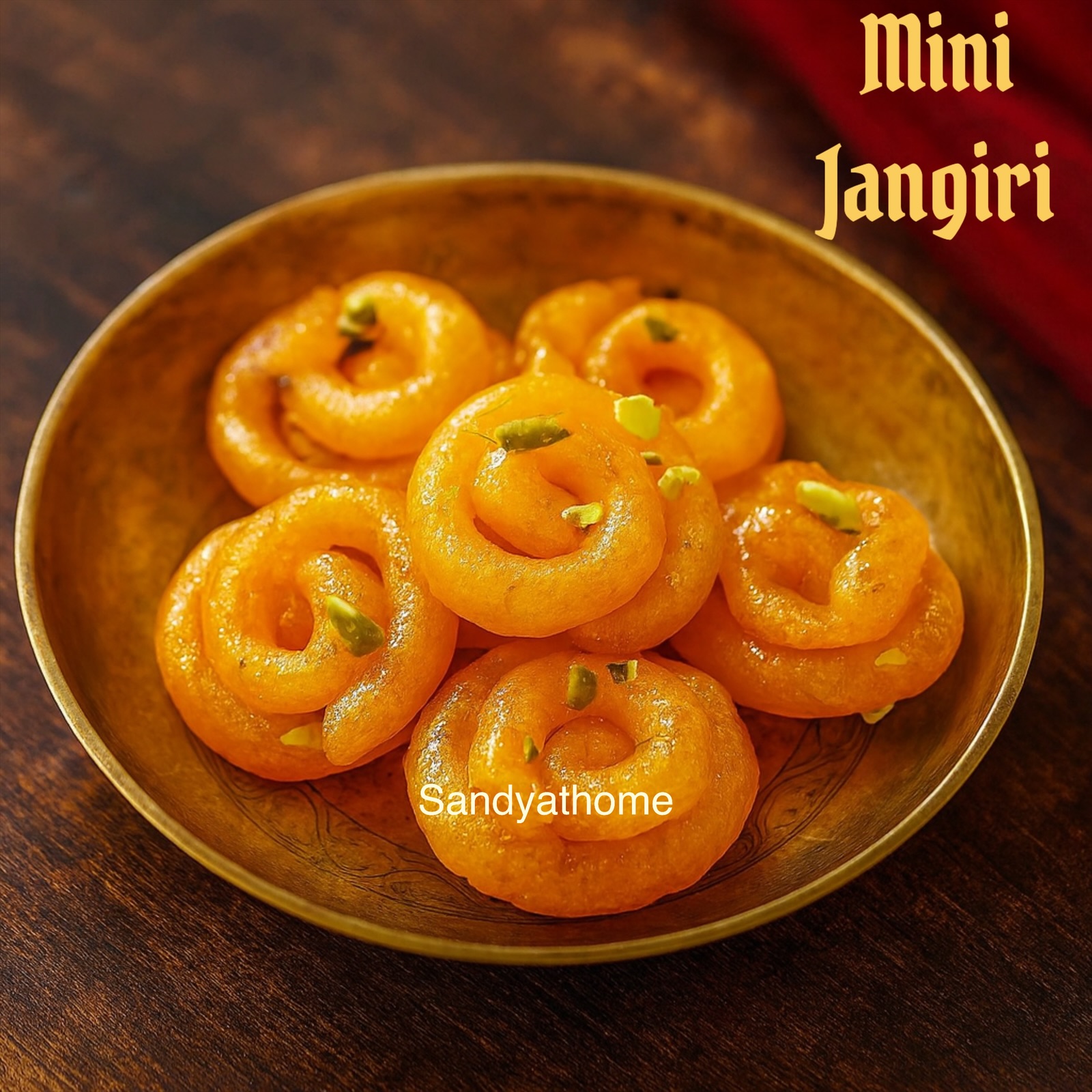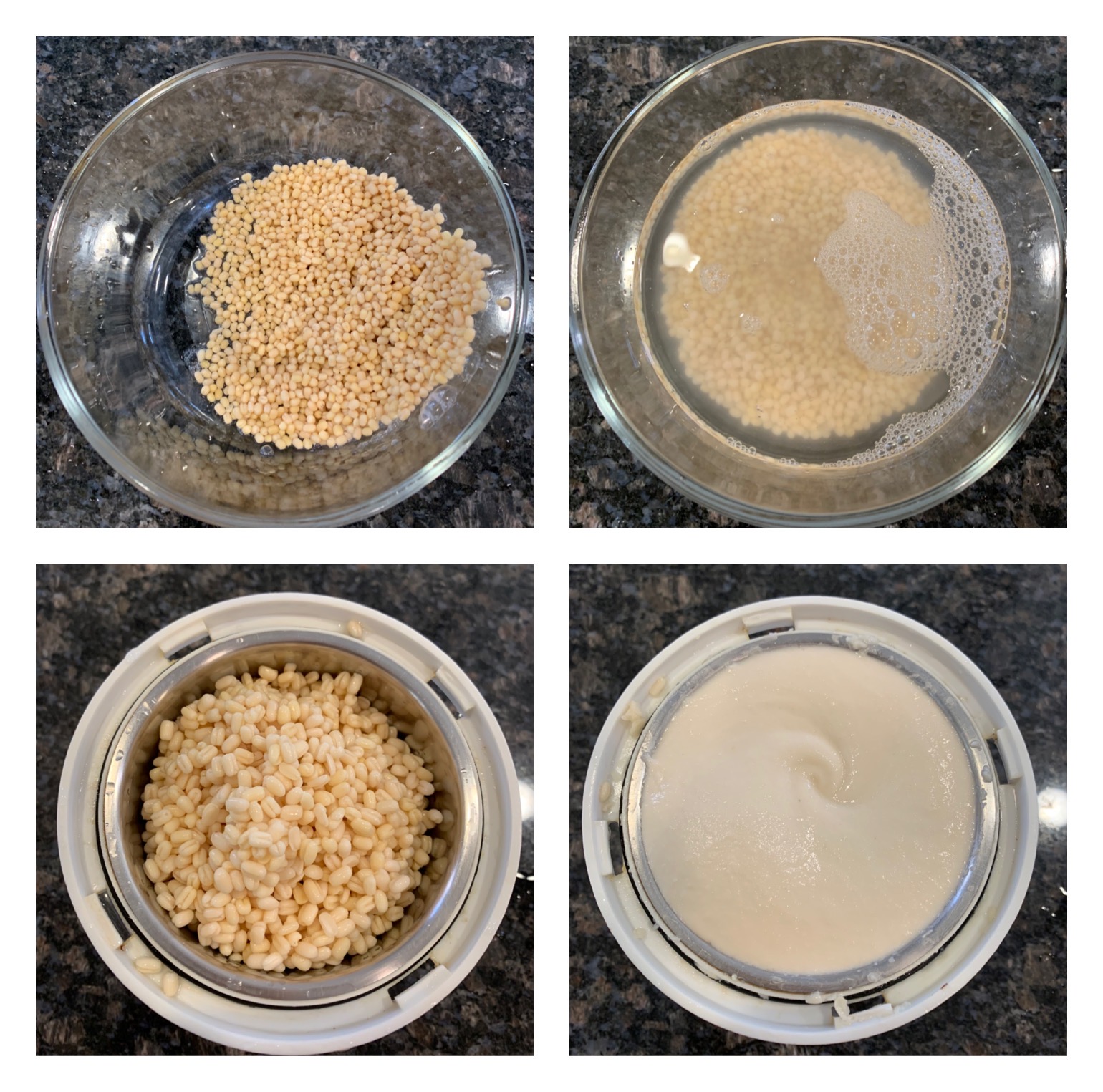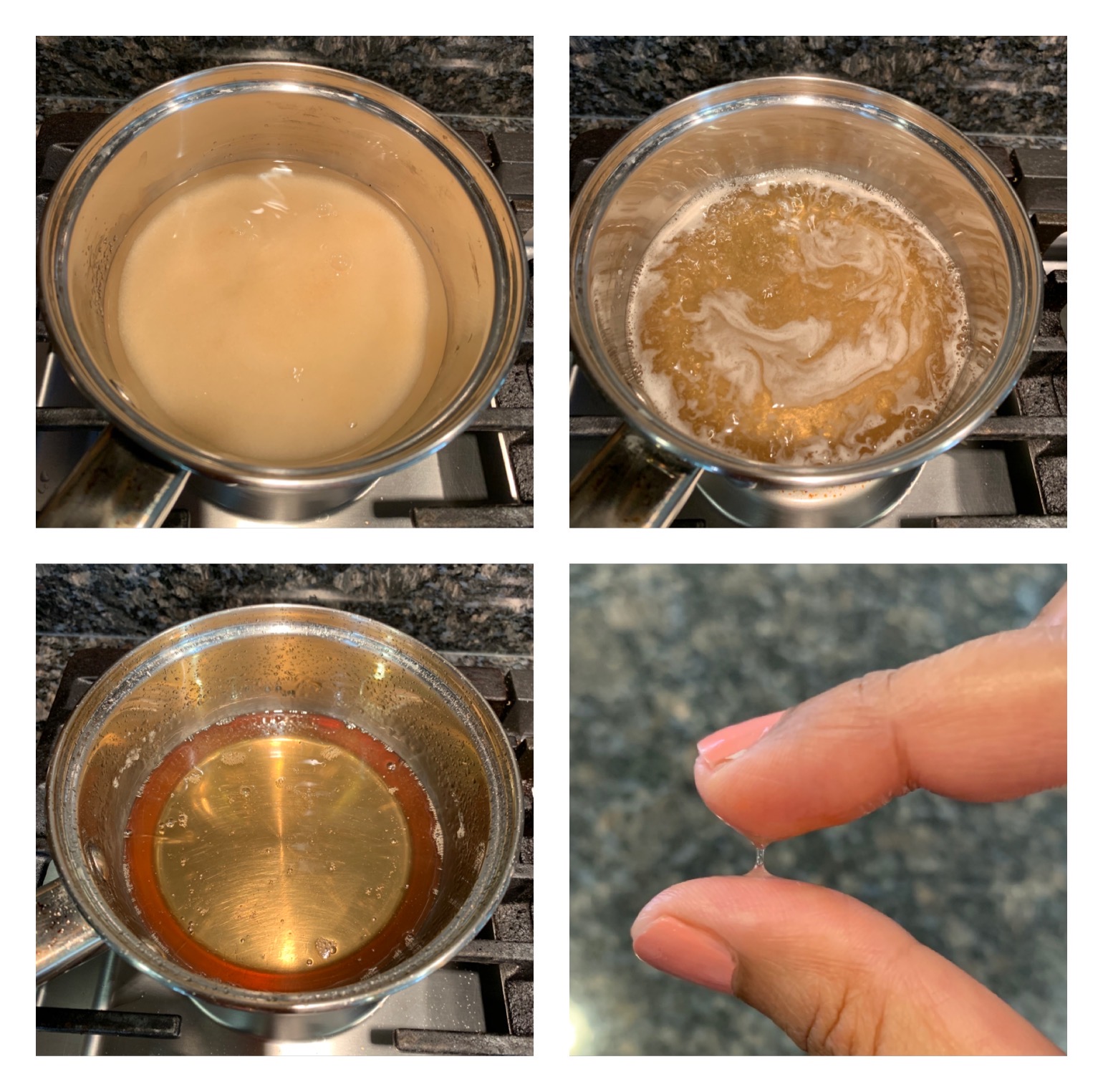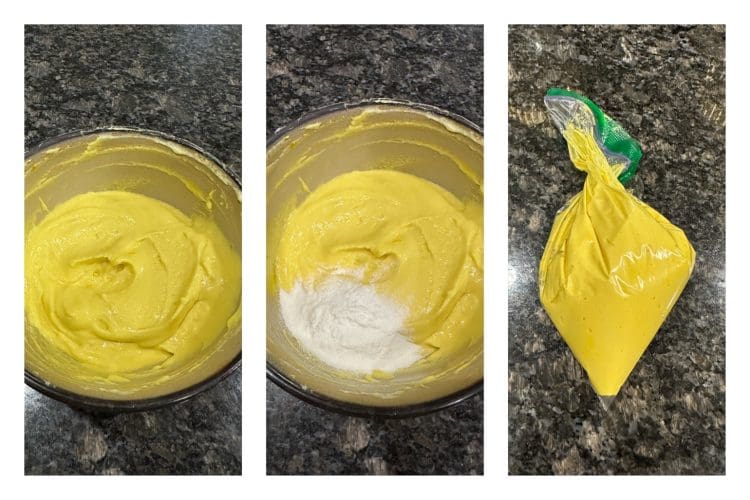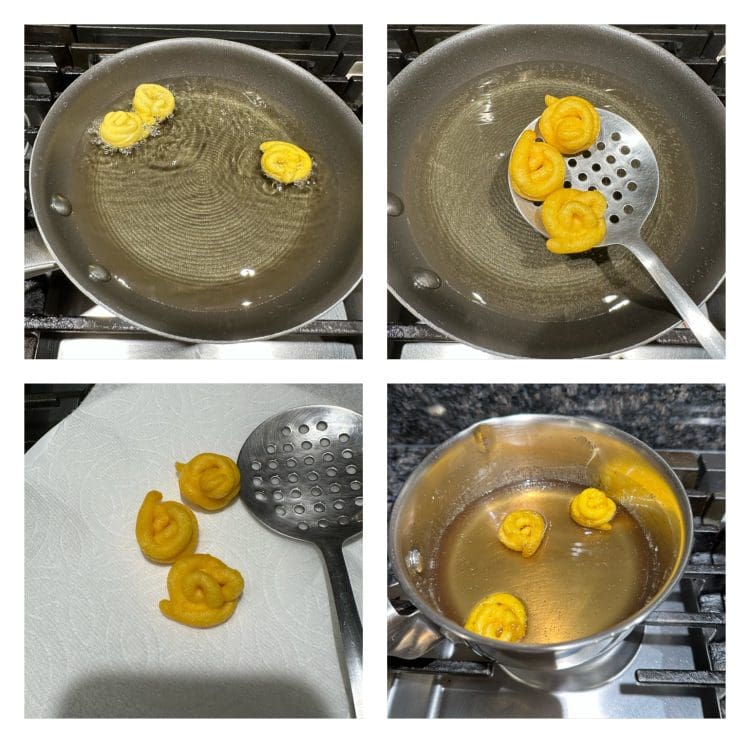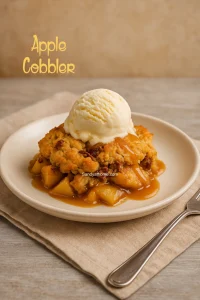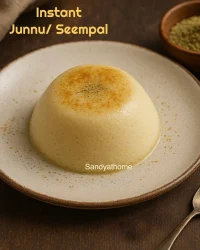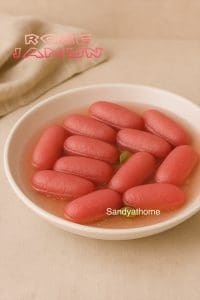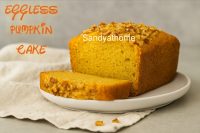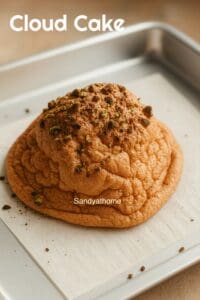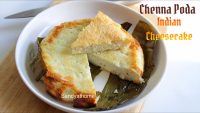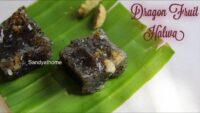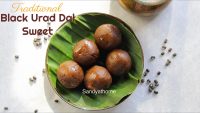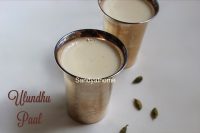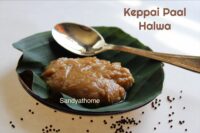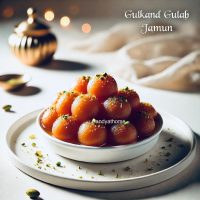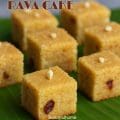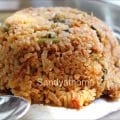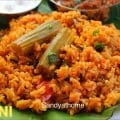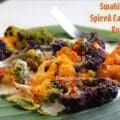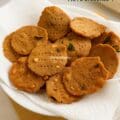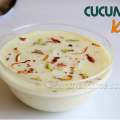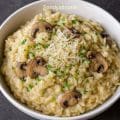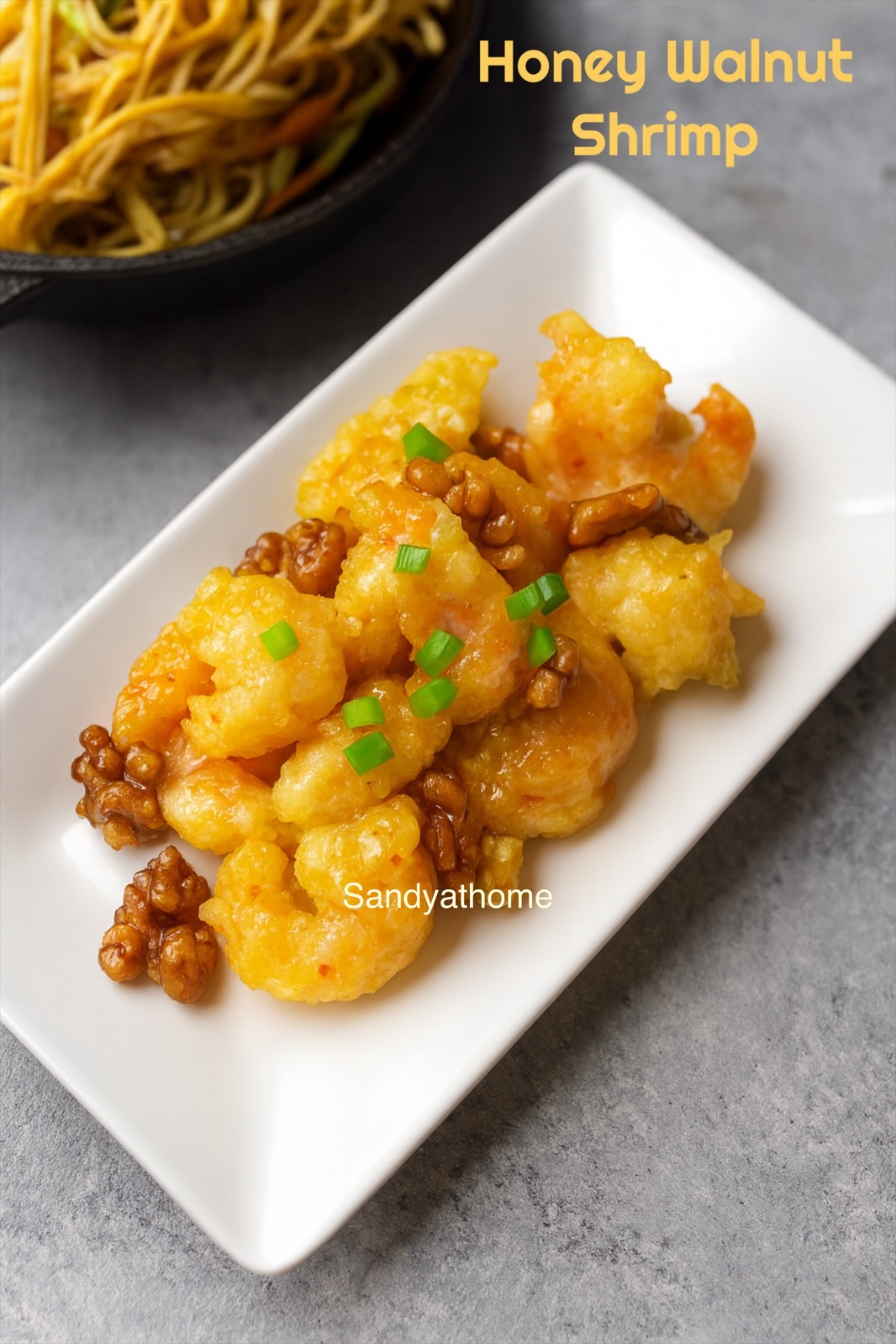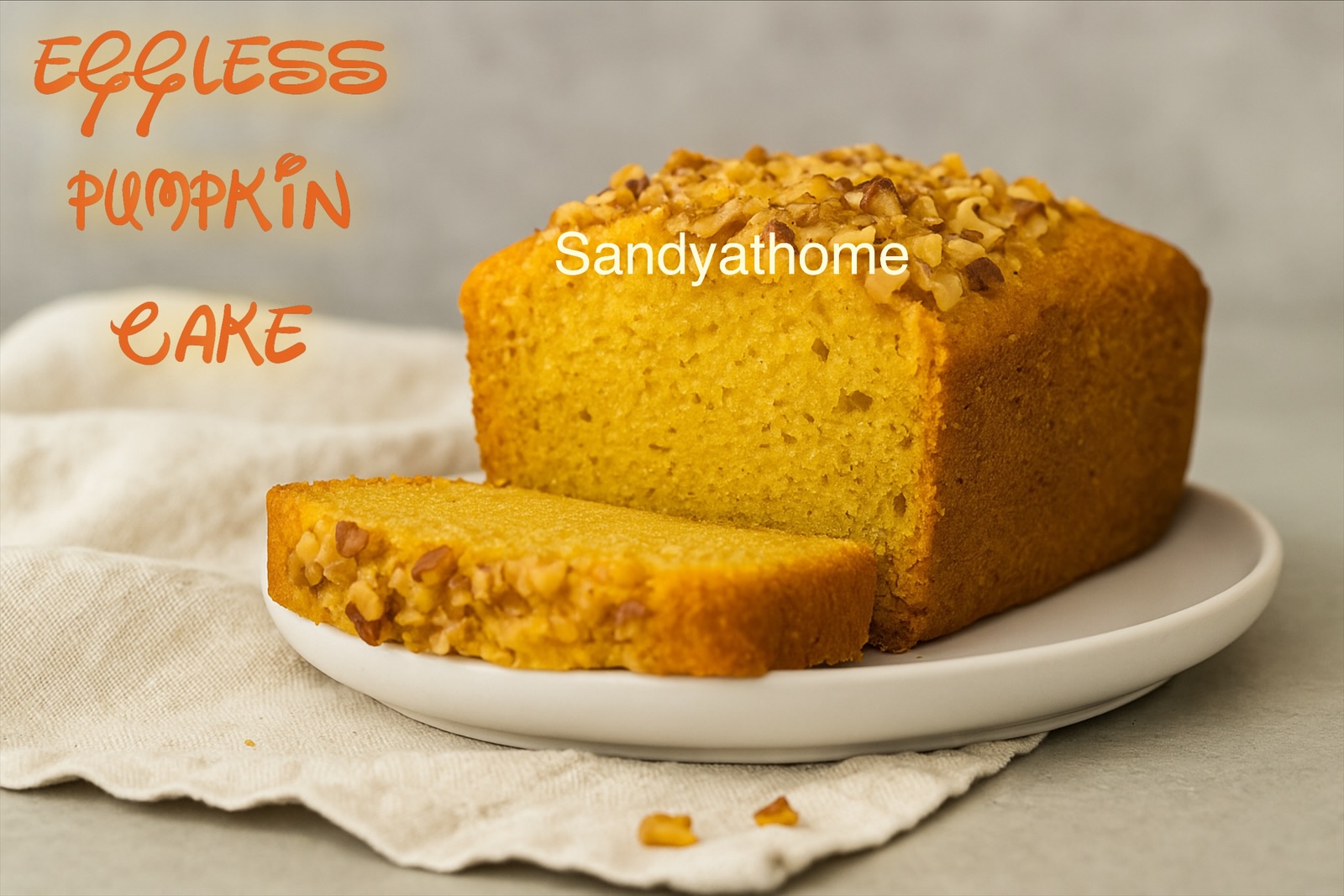These Mini Jangiris are flower-shaped sweets made from fluffy urad dal batter fried in ghee and soaked in fragrant sugar syrup. Instead of food color, this recipe uses a pinch of turmeric for its gentle golden hue — pure, natural, and festive. Jangiri has been one of my favorite sweets since childhood — I still remember watching the bright orange swirls glisten in syrup during every festival. I’ve made regular Jangiri before using the same method — piping the batter into flower loops, frying them in ghee, and soaking them in syrup till they shine like glass. This time, I wanted to try something smaller and cuter, so I made a mini version but yellow in color using the same traditional technique. The result was just as soft, syrupy, and festive — but with bite-sized charm!
Instead of food color, I used a pinch of turmeric (as mentioned) for that soft festive glow, keeping the recipe simple, wholesome, and just as delicious as the classic one I grew up loving.
Bite of History – Mini Jangiri
Long before food colors and fancy piping bottles, Jangiri—known as Imarti in North India—was a royal kitchen delicacy made only on festive days. Historians trace it back to the Mughal era, when chefs in the imperial kitchens of Delhi and Awadh swirled urad-dal batter into hot ghee, creating flower-shaped sweets soaked in fragrant sugar syrup flavored with cardamom and rosewater.
As time passed, the recipe traveled south through temple towns and fairs, where it became the “Jangiri” we know today—smaller, tighter, and even more syrup-kissed. From royal banquets to village fairs, this bright spiral of sweetness symbolized celebration, prosperity, and togetherness.
Your mini version, colored naturally with turmeric instead of dye, carries that same centuries-old spirit—pure, festive, and made to share.
Jump to RecipeIngredient Roles in Mini Jangiri
| Ingredient | Role in Recipe |
|---|---|
| Urad dal (whole white) | Forms the airy base batter that gives jangiri its soft and fluffy texture. |
| Rice flour | Adds a slight crispness and structure to the batter so the mini shapes hold well. |
| Turmeric powder | Acts as a natural color enhancer, giving the jangiri a warm golden hue without artificial dyes. |
| Sugar | Creates the syrup that soaks into the jangiri, providing sweetness and shine. |
| Water | Used for both grinding the batter and preparing the sugar syrup. |
| Cardamom powder | Infuses a traditional aroma and complements the syrup’s sweetness. |
| Saffron strands (optional) | Adds fragrance and a rich golden tone to the syrup, enhancing festive appeal. |
| Lemon juice | Prevents crystallization in the syrup, keeping it smooth and glossy. |
| Ghee + Oil | Used together for frying — ghee adds aroma and richness, oil keeps the texture light. |
| Rose water or kewra essence (optional) | Adds delicate floral notes typical of Indian festive sweets. |
You May Also Like these Recipes:
Directions to make imarti with step by step images
- Soak u0026 Grind:
Soak urad dal for 1 hour. Drain and grind with minimal water until smooth, thick, and fluffy. Keep it aside.
- Prepare Syrup:
Boil sugar and water until it reaches one-string consistency.
Add saffron, cardamom powder, and lemon juice. Keep syrup warm.
- Ready the Batter for Piping:
Add yellow food color or turmeric (like i did) and rice flour. Beat well until airy. Then let it rest for about 45 minutes to 1 hour (covered, at room temperature). After an hour fill batter into a piping bottle or thick plastic cover with a small round hole.
- Pipe, Fry u0026 Soak:
Pipe the batter into tiny flower-shaped loops directly into medium-hot ghee-oil mix. Fry on medium flame until puffed and golden-yellow, flipping gently for even cooking. Once crisp, transfer immediately into warm sugar syrup, soak for 2–3 minutes, then remove and let the syrup set lightly for that perfect glossy finish.
Pro Tips for Perfect Mini Jangiri (Imarti)
- Grind the urad dal with minimal water — the batter should be thick and fluffy, not runny. A soft peak texture gives the best jangiri loops.
- Beat the batter well after grinding to aerate it. This makes the jangiris puff beautifully when fried.
- Use turmeric for a natural golden glow instead of orange food color — it gives earthy tone without staining syrup flavor.
- Fry on medium flame only — high heat will brown the outside before the inside cooks.
- Keep sugar syrup warm (not hot) when soaking. Too hot = soggy jangiri, too cold = won’t absorb syrup.
- Add a few drops of rose water or kewra essence for authentic festive aroma.
- Pipe small flower shapes directly into ghee-oil mix using a sauce bottle or thick plastic cover for that neat mini look.
- Test one jangiri first — it helps you adjust batter thickness and syrup consistency before frying all.
Serving Suggestions
- Serve these mini jangiris warm on a brass plate lined with banana leaf for a festive touch.
- Garnish with chopped pistachios or edible rose petals to make them Diwali-ready.
- Pair with badam milk, saffron milk, or rabri for a rich traditional dessert platter.
- Store leftovers in an airtight container; warm slightly before serving to revive softness.
FAQs — Mini Jangiri (Imarti)
A: The batter was too thin. Always grind with minimal water and check consistency before piping.
A: Fry on medium heat till golden, then soak in warm—not hot—syrup for just 2–3 minutes.
A: Freshly ground whole urad dal works best; the texture and puff differ when using flour.
A: Yes! A pinch of turmeric gives a natural golden color and is a perfect chemical-free substitute.
A: Stays good for 2 days at room temperature or up to 5 days refrigerated. Reheat gently before serving.
A: Both are made from urad dal, but imarti has wider loops and comes from North India, while jangiri has tighter floral swirls typical to South India.
Sweets & Desserts Recipes
Apple Cobbler, How to make Thanksgiving Apple Cobbler
A cozy, small-batch Thanksgiving apple cobbler made with just two apples, warm spices, and a golden biscuit topping. Perfect when you want a quick fall dessert without making a full tray.
Pumpkin Butter Mascarpone Danish, How to make Pumpkin Butter Danish
Flaky puff pastry filled with a creamy blend of pumpkin and mascarpone, baked until golden and irresistible — the perfect cozy fall treat for National Pumpkin Day!
Instant Junnu Recipe, How to make Instant Kharvas
A quick and nostalgic Indian milk pudding made using instant Junnu powder, raw milk, and cardamom — no colostrum needed! This gently steamed dessert sets into a soft, wobbly texture and tastes just like home, without the overpowering aroma of traditional kharvas.
Rose Jamun, How to make Paneer Rose Jamun
Paneer Rose Jamun is a delightful twist on the classic rasgulla — made fresh from curdled milk (chenna) and flavored with fragrant rose syrup. Each piece is soft, juicy, and blush-pink in color, soaked in a sweet rose-cardamom syrup that fills your kitchen with a festive aroma. Perfect for Diwali, Holi, or any celebration where you want homemade mithai magic!
Eggless Pumpkin Cake, How to make Pumpkin Cake
Soft, moist, and warmly spiced, this Eggless Pumpkin Cake melts in your mouth with a tender crumb and a cozy hint of cinnamon and nutmeg.
Indian Bakery-Style Cream Buns, How to make Bakery- Style Buns
Soft and fluffy eggless cream buns filled with nostalgic Indian bakery-style buttercream, dusted with sugar and topped with a cherry for a classic touch.
Eggless Brookie, How to make Eggless Brookie
Eggless brookies combine the best of both worlds — a chewy cookie top with a fudgy brownie base. With a shiny crinkle crust and gooey center, these bars are the perfect indulgence for chocolate lovers.
Viral Cloud Cake, How to make Vanilla Cloud Cake
A light, fluffy cloud cake made with just egg whites, sugar, and a hint of vanilla, finished with a pistachio crunch — a flourless viral dessert that melts in your mouth.
Chenna Poda, How to make Indian Cheesecake
This banana leaf–baked Chenna Poda is a soulful take on Odisha’s traditional burnt cheesecake. Made with fresh chenna, sugar, and cardamom, it’s slow-baked to get those golden caramelised edges and soft center — no tins, just pure nostalgia wrapped in leaf.
Parangikai Halwa with Coconut Milk, How to make Pumpkin Halwa
A soft, golden halwa made with yellow pumpkin, thick coconut milk, and organic cane sugar — this revival-style sweet is inspired by Tamil fasting traditions and temple offerings, perfect for vratham days, prasadam, or a comforting vegan dessert.
Dragon Fruit Halwa, How to make Fruit Halwa
A tropical Indian halwa made with cornflour, dragon fruit, ghee, and organic cane sugar — crafted in the Sandyathome revival kitchen by Sandhya Riyaz.
How to make Ulundhu Kali, Karuppu Ulundhu Sweet
A traditional, melt-in-mouth Tamil sweet made with black urad dal, palm jaggery, and gingelly oil — ulundhu kali is rooted in puberty rituals, postpartum healing, and quiet ancestral wisdom.
How to make Ulundhu Paal, Tirunelveli-Style White Urad Dal Payasam
Ulundhu Paal is a traditional Tirunelveli-style sweet payasam made with white urad dal, coconut milk, and jaggery. This ancient Tamil recipe is a nourishing revival from the past—rich in iron, comforting, and deeply soulful.
How to make Ancient Ragi Milk Halwa, Keppai Paal Halwa
A soft, ghee-rich ragi halwa once made in Tamil Muslim homes after Bakrid — this revival sweet is slow-cooked from freshly extracted millet milk and meant to be savored, not sliced.
Gulkand Gulab Jamun Recipe – How to Make a Perfect Indian Dessert at Home
When it comes to Indian sweets, Gulab Jamun is a dessert that holds a special place in every festive celebration. But what if we add a unique twist to this…
